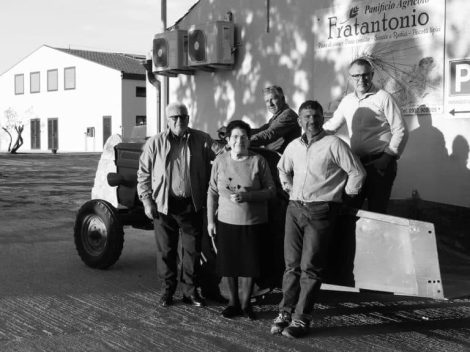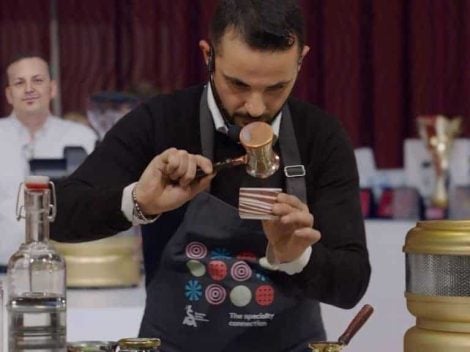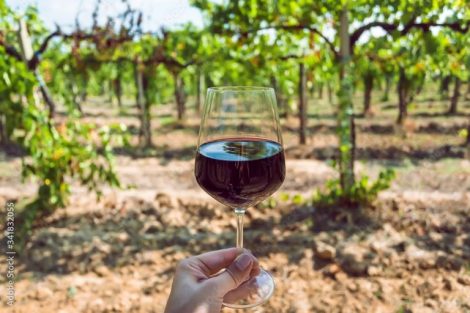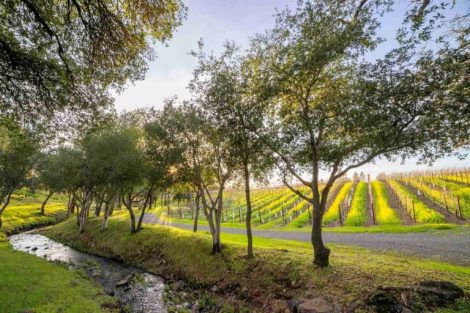Even though reds dominate the list of wines awarded with Tre Bicchieri in Piedmont – led by Barolo and Barbaresco, as already noted during the publication of Vini d’Italia 2025 by Gambero Rosso – wine consumption seems to have shifted towards whites made from native grape varieties. These wines often offer an excellent quality-to-price ratio. Think of Timorasso, which is experiencing rapid growth, Arneis, Gavi, and Erbaluce di Caluso, to name the most well-known. Here, we focus on the latter, a DOCG since 2010.
Erbaluce: origins and territory
The Erbaluce grape, native to the Piedmont pre-Alpine area, is mainly cultivated in Canavese and around Lake Viverone, spanning the provinces of Turin, Vercelli, and Biella. This region is characterised by gently rolling morainic hills that form a natural amphitheatre of glacial origin. The soils are predominantly composed of deposits from an ancient Alpine glacier. These are highly draining soils, rich in pebbles and minerals, making them particularly suited to quality viticulture.
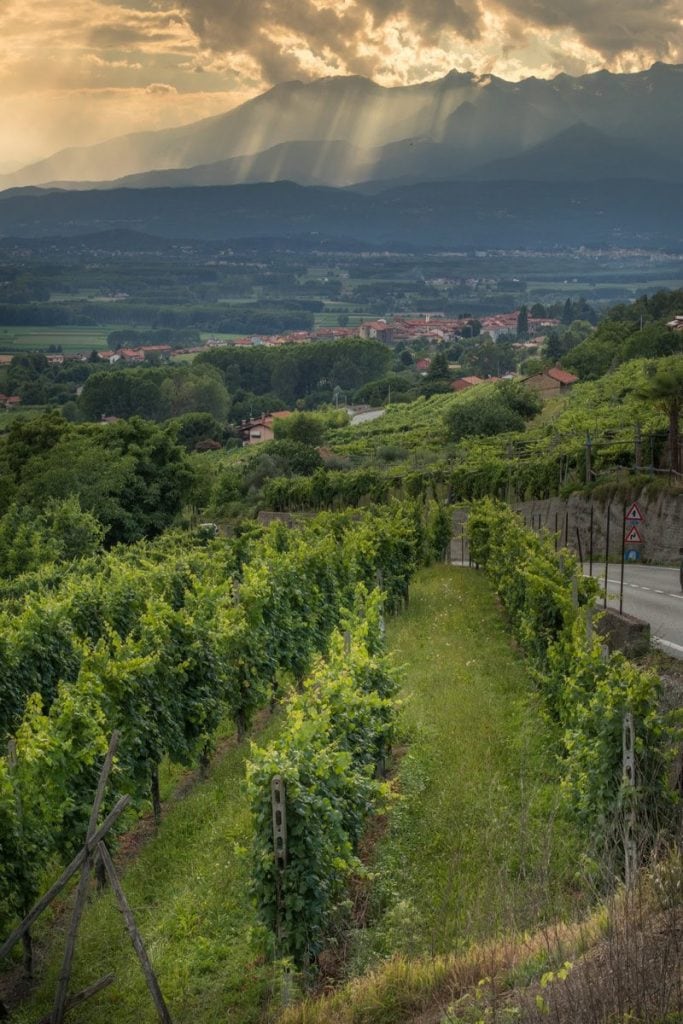
Erbaluce: characteristics and styles
Erbaluce is an incredibly versatile grape variety, capable of producing a wide range of wines: from still whites to traditional method sparkling wines, as well as passito and late-harvest wines. The name "Erbaluce" is thought to derive from the Latin expression "Alba Lux," and its mysterious origins have inspired imaginative legends that remain part of the culture and traditions of this region.
Traditionally, Erbaluce is grown using the pergola canavesana system, though newer vineyards often employ the Guyot training method. This variety produces medium-sized, slightly elongated clusters. When fully ripe, the berries take on a beautiful golden-yellow colour with bright amber hues.
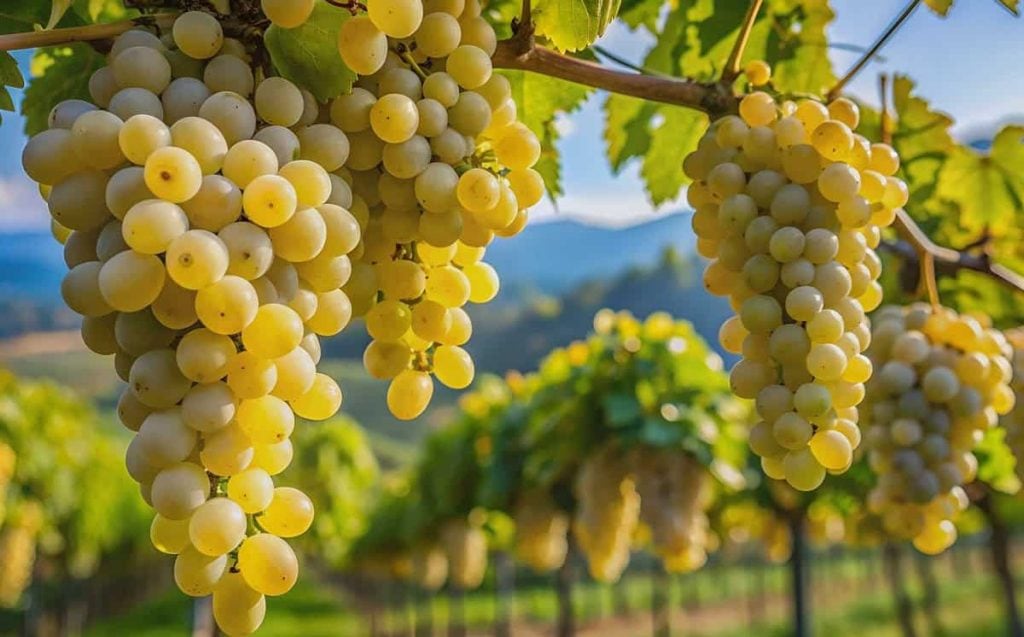
As previously mentioned, Erbaluce is one of the few grape varieties capable of covering all wine styles. From early harvests for sparkling base wines to drying the grapes for dessert wines, Erbaluce produces surprising and fascinating wines.
The grape retains high acidity even at full ripeness and offers an aromatic profile with elegant, fresh floral and fruity aromas. These qualities allow for wines with a perfect balance of sugar, fruit, and acidity.
Traditional method sparkling wines are fresh and refined, perfect with appetisers or delicate fish dishes. Still whites stand out for their finesse, elegance, and remarkable longevity, pairing well with vegetable-based dishes or seafood menus. Late-harvest and passito wines are noted for their pleasant freshness, which balances the residual sugar, offering exceptional drinkability. They pair wonderfully with aged or blue cheeses and dry pastries.
The best Erbaluce di Caluso wines tasted
Here are the Erbaluce di Caluso wines we most appreciated during the tastings for the Vini d’Italia 2025 guide by Gambero Rosso.
Erbaluce di Caluso Spumante San Giorgio '20 – Cieck
With a fine and continuous perlage, it offers citrus aromas with hints of bread crust. On the palate, it is soft, fresh, and savoury, with enjoyable and lively drinkability.
Erbaluce di Caluso Vigna Misobolo '22 – Cieck
This well-executed wine presents floral and fruity aromas accompanied by a full-bodied and rounded flavour development, finishing with a slight saline note.
Erbaluce di Caluso Pas Dosé Nature 2019 – Cieck
Remo Falconieri and his daughter Lia lead the winery based in San Giorgio Canavese, a key area of Caluso, faithfully interpreting tradition while responding to market demands. Their production focuses on Erbaluce – their first sparkling wine experiments date back to 1951 – though their vineyards, primarily trained with the pergola system, also grow Nebbiolo, Barbera, Neretto, and Freisa.
- Erbaluce di Caluso V. Misobolo 2022 - Cieck
- Erbaluce di Caluso Brut San Giorgio 2020 - Cieck
- Erbaluce di Caluso Pas Dosé Nature 2019 - Cieck
Erbaluce di Caluso La Rustìa '23 – Orsolani
A wine with delicate floral aromas that lead to a flavourful and well-paced progression.
Orsolani, a century-old winery in Canavese, is still run by the family and specialises almost exclusively in Erbaluce, producing all possible styles – from dry whites to passito and, of course, traditional method sparkling wines. Their vineyards, mainly on the hills between Mazzè and Caluso, are farmed with low-impact practices, resulting in wines of defined stylistic character and consistently high quality.
Erbaluce di Caluso Tredicimesi 2022 – Benito Favaro
This standout wine combines structure and freshness with a beautifully elegant mineral finish.
Erbaluce di Caluso Le Chiusure 2022 – Benito Favaro
The Favaro family are vineyard artisans, preserving the cultural heritage represented by the unique Erbaluce grape. Camillo, son of Benito, continues the meticulous work of this small winery in Piverone, producing captivating and energetic wines.
- Erbaluce di Caluso Tredicimesi 2022 - Benito Favaro
- Erbaluce di Caluso Le Chiusure 2022 - Benito Favaro
Erbaluce di Caluso Anima d’Annata 2021 – La Masera
This wine, from a winery based in Piverone (TO), is fresh and persistent, with citrusy aromas.
Erbaluce di Caluso Erbalus 2023 – Cantine Crosio
Centred and expressive, this wine from Candia Canavese (TO) offers intense peach and jasmine aromas with a savoury, persistent palate.
Erbaluce di Caluso Etichetta Bianca 2023 – Ferrando
Rich and mature, this wine features subtle exotic notes.
Since the late 1950s, the Ferrando family has worked on Carema – made from Nebbiolo and known as the "mountain Barolo" – a decade before its designation as a DOC. Today, Roberto and Andrea Ferrando also focus on the entire range of Canavese wines, with Erbaluce di Caluso taking a leading role in its sparkling and passito forms.
Erbaluce di Caluso Fiordighiaccio 2023 – Cooperativa Produttori Erbaluce di Caluso
Young, fragrant (with jasmine and pear notes), and fresh, this wine comes from a cooperative that unites 130 members and is nearing its fiftieth anniversary.

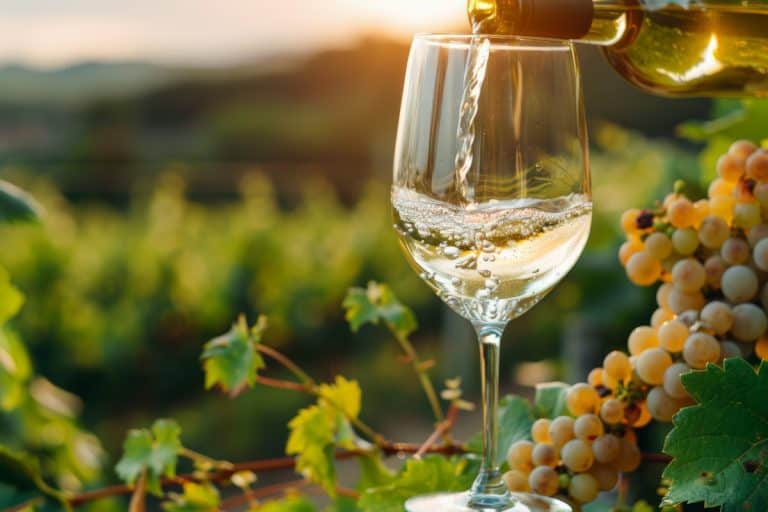
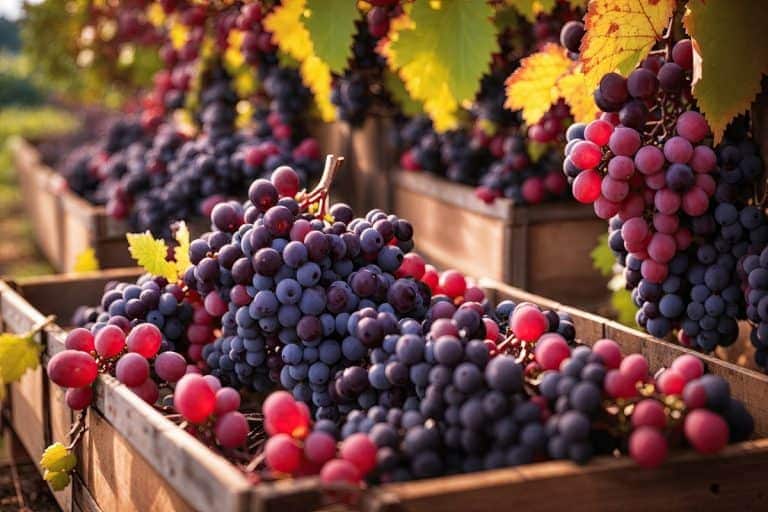 The 9 best wines from Campi Flegrei chosen by Gambero Rosso
The 9 best wines from Campi Flegrei chosen by Gambero Rosso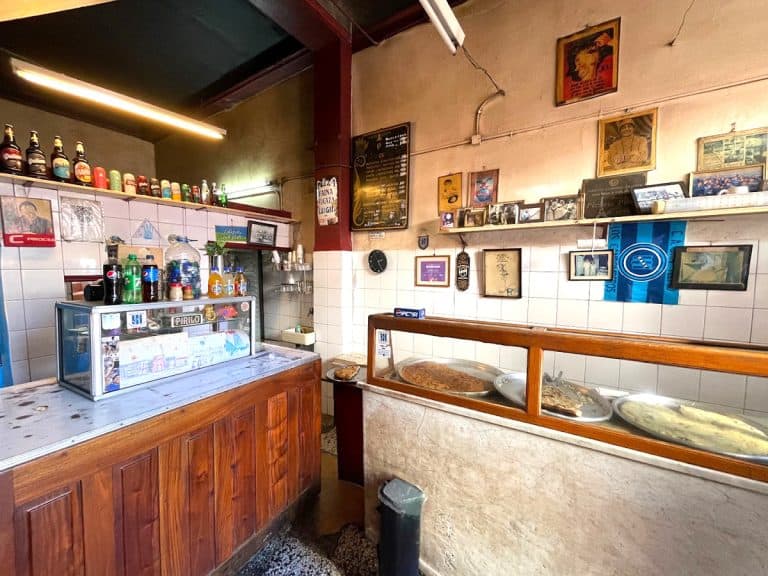 The Ligurian Focacceria in Buenos Aires hidden in the cradle of Tango
The Ligurian Focacceria in Buenos Aires hidden in the cradle of Tango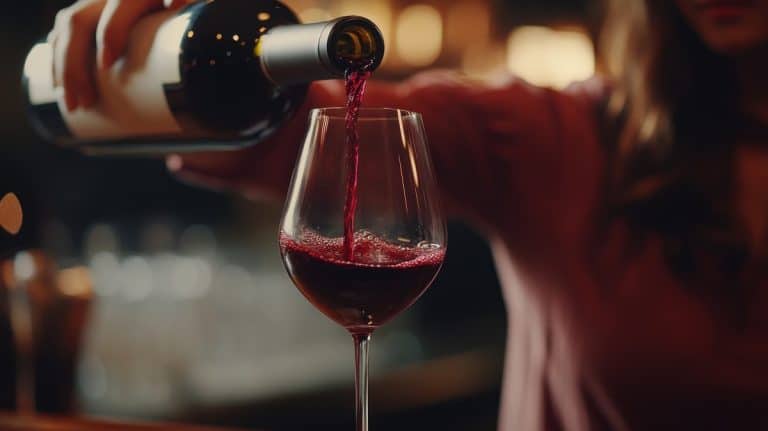 The Chianti Classico wines with the best quality-price ratio selected by Gambero Rosso
The Chianti Classico wines with the best quality-price ratio selected by Gambero Rosso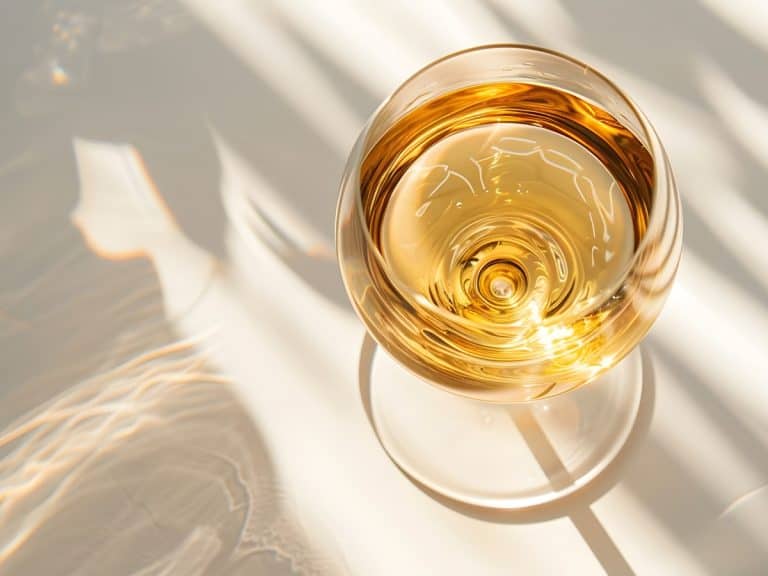 The new life of dessert wines: the era of serving them only at the end of a meal is over
The new life of dessert wines: the era of serving them only at the end of a meal is over The 12 Conegliano-Valdobbiadene Prosecco Superiore wines with the best quality-price ratio selected by Gambero Rosso
The 12 Conegliano-Valdobbiadene Prosecco Superiore wines with the best quality-price ratio selected by Gambero Rosso
